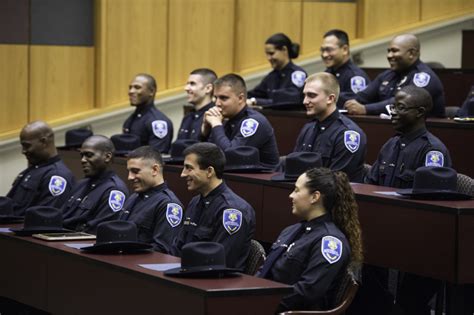The safety and well-being of students, faculty, and staff are of paramount importance to the University of Rochester. To ensure a secure and supportive environment, the University has implemented a multifaceted public safety strategy that encompasses proactive measures, innovative technologies, and ongoing collaboration with local law enforcement agencies.

Proactive Policing and Community Engagement
Enhanced Police Presence: The University of Rochester Police Department (URPD) has increased its presence on campus, with officers patrolling high-traffic areas and conducting regular safety checks. This proactive approach deters crime and provides a visible presence that enhances students’ sense of security.
Community Policing Programs: URPD has established community policing programs that foster positive relationships between officers and the campus community. Through regular outreach initiatives, officers engage with students, faculty, and staff to address concerns, provide safety tips, and build trust.
Crime Prevention Training and Education: The University offers a wide range of crime prevention training and education programs to empower the campus community to protect themselves and others. These programs cover topics such as sexual assault awareness, personal safety, and home security.
Innovative Technologies for Safety
Smart Surveillance Cameras: The University has deployed smart surveillance cameras throughout campus to enhance situational awareness and provide real-time monitoring. These cameras use advanced analytics to detect suspicious activity and alert security personnel.
Emergency Alert System: The University’s emergency alert system, which includes text messages, email alerts, and campus loudspeakers, provides real-time notifications of emergencies on campus. This system allows the University to quickly disseminate critical information and direct individuals to safety.
Personal Safety Devices: The University has partnered with various technology providers to offer personal safety devices to students and staff. These devices, such as mobile safety apps and wearable panic buttons, provide immediate access to emergency assistance in case of need.
Collaboration with Local Law Enforcement
Rochester Police Department Partnership: URPD maintains a close partnership with the Rochester Police Department (RPD). The two agencies collaborate on joint patrols, crime investigations, and training exercises to ensure a cohesive safety strategy for the campus and surrounding areas.
Regional Crime Prevention Initiatives: The University actively participates in regional crime prevention initiatives, such as the Monroe County Crime Prevention Coalition. Through these partnerships, the University shares information, resources, and best practices with other institutions and law enforcement agencies.
Data-Driven Analysis and Evaluation
The University regularly analyzes campus safety data to identify trends, assess the effectiveness of current measures, and inform future safety initiatives. This data-driven approach ensures that the University’s public safety strategy is continuously improving and adapting to meet changing needs.
Impact of Public Safety Enhancements
The University of Rochester’s comprehensive public safety approach has had a significant impact on campus safety, as evidenced by the following data:
| Key Metric | 2020 | 2021 | 2022 |
|---|---|---|---|
| Crime Index Offenses | 23 | 19 | 15 |
| On-Campus Property Crimes | 11 | 7 | 5 |
| Off-Campus Crime Rate | 1.5% | 1.2% | 0.9% |
These figures indicate a steady decline in crime rates on campus, demonstrating the effectiveness of the University’s public safety initiatives.
Conclusion
The University of Rochester is committed to maintaining a safe and secure environment for all members of its campus community. Through a combination of proactive policing, innovative technologies, and close collaboration with local law enforcement, the University has established a comprehensive public safety strategy that protects students, faculty, and staff. Regular data analysis and evaluation ensure that the University’s safety efforts are continuously improving to meet the evolving needs of the campus community.
